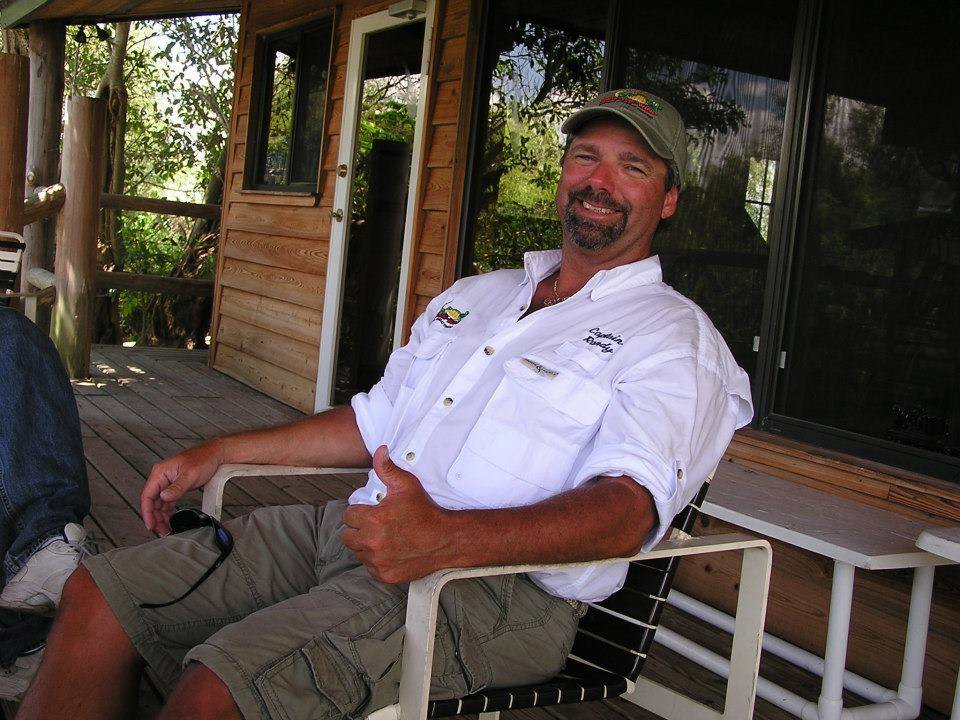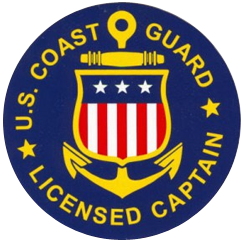As we stay informed about the Everglades, the Big Cypress is some of the most rugged territory accessible to the South Florida public, a vast expanse of swamp and forest just 45 minutes west of Fort Lauderdale.
Big Cypress National Preserve has just begun work on a plan for managing its backcountry, areas off main roads and trails that provide the greatest opportunities for hunting, hiking and camping – as well as opportunities to slog through waist-high water, trip over a cypress knee or meet a bear, panther or alligator.
The plan will provide additional trails for swamp buggies and other off-road vehicles, which are often homemade assemblages of auto parts and tractor tires that can penetrate the most remote areas. These trails would supplement the 400 miles or so of main trails established 14 years ago as part of the settlement of a lawsuit by environmental groups to limit off-road vehicle damage. The plan will also reroute the segment of the Florida National Scenic Trail that runs through the preserve, and establish additional non-motorized trails.
Off-road vehicle enthusiasts and hunters, for whom the preserve is prime territory for deer and turkey, say the current trails fail to reach some of the best areas of the preserve, home to the most wildlife and the most picturesque landscapes.
ride-the-wind canoe boating and Private Airboat Rides Everglades
“With the [off-road vehicle] you really get a chance to go deep,” said Fred Georgiadis of Hollywood, who uses his to explore, not hunt. “It’s beautiful country. I love the ocean, I love scuba diving but I also love the Everglades. We’ve seen panthers out there and bears, and there used to be a lot of snakes. It should be accessible to everybody.”
The Big Cypress Sportsmen’s Alliance, a hunting group pushing for more access, posted a notice on its Facebook page that stated the park service appeared ready to reverse “overly restrictive management policies.”
Environmentalists say off-road vehicles have rutted the soil, crushed vegetation, disrupted the natural flow of water and generated enough noise to scare wildlife and shatter the tranquillity for which many people go to Big Cypress.
Matthew Schwartz, executive director of the South Florida Wildlands Association, said additional trails would undo a lot of the good that came from the restrictions on the big vehicles. The original plan allowed for secondary trails, he said, but only for limited purposes, such as allowing someone to reach a particular hunting camp.
“They came up with a good plan which limited [vehicle] use,” said Schwartz, who leads hikes through the preserve. “Now they’ve decided they’re going to reopen the idea of where secondary trails could go.”
George Counts, of Fort Lauderdale, said the vehicles “make a lot of noise. It’s an unnatural thing in the backcountry.”
The preserve, which straddles Interstate 75 just west of the Broward County line, encompasses more than 1,000 square miles of cypress stands, slash pine forests and wet prairies that are home to endangered panthers, red-cockaded woodpeckers and rare orchids. The preserve receives about 800,000 visitors a year.
“The preserve’s goal is to find that happy medium of protecting the resources while providing reasonable access,” he said.






